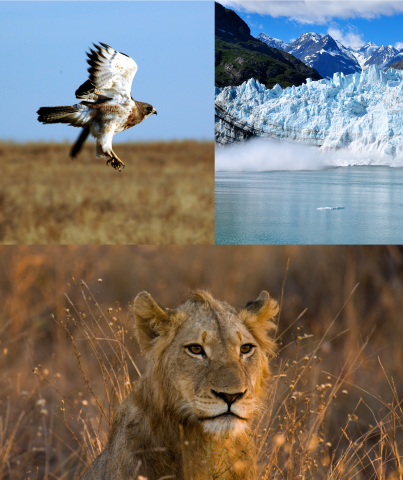National Geographic Data Explorations
ODI is collaborating with National Geographic Explorers, educators, and programs to develop three lessons for the National Geographic education resources portal. Designed for use in middle-school classrooms, each lesson uses authentic, scientific data to explore specific topics. One lesson, tentatively called, “Listening to Glaciers,” focuses on the groundbreaking work of a National Geographic Explorer who is developing new ways of studying glacial movements by recording the sounds they make. “A River of Raptors” is about the incredible annual migrations of Swainson’s hawks, which spend summers in the grasslands of western North America, and then migrate each winter to the pampas of Argentina. The third lesson is about camera traps, and how they are being used in different parts of the world to study different ecosystems, and the way they change over time.
The creation of data-rich, standards-based, classroom-relevant learning experiences takes a unique combination of interesting data and effective scaffolding, which allows learners to unfold an interesting data story through their own inquiry. One key to doing this well involves close collaboration between curriculum developers and subject matter experts to understand not only the stories that a particular dataset tells – but more importantly, the “moves” one has to make to drive that storyline from beginning to end. This narrative arc, based generally on the well-documented “5 E’s” model (Engage, Explore, Explain, Elaborate, and Evaluate) forms the basis of effective learning experiences.
Photos by Flickr users: Derek Bakken, Kimberly Vardeman, and acjetter



